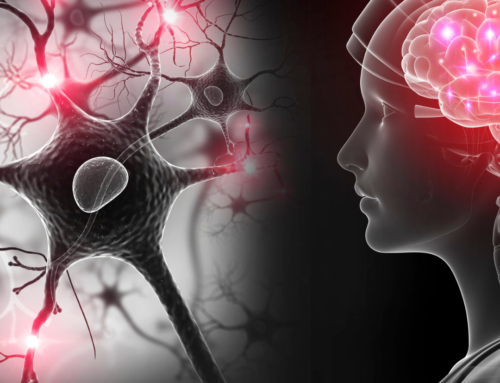Car accidents, while traumatic in many ways, can lead to many injuries that aren’t immediately visible. One such injury, often overlooked but with significant implications, is the Alar ligament tear. This article aims to shed light on this condition, its implications, and the potential treatments available.
The Rapid Nature of Car Accidents
Car accidents transpire in mere seconds, often leaving the body unprepared for the sudden jolt. Without the time to tense up and resist, the body becomes susceptible to a range of injuries, especially to the spine.
The Role of Ligaments
Ligaments often likened to steel for their strength and resilience, play a pivotal role in maintaining the structural integrity of our spine. However, when subjected to sudden forces, as in car accidents, they can sustain damage. Once these ligaments are strained or pulled, the damage is often permanent, a fact that many insurance companies might shy away from acknowledging.
Alar Ligament Tear: A Closer Look
One of the most common yet overlooked injuries resulting from car accidents is the Alar ligament tear. Located at the C2 vertebrae, the Alar ligament connects the C2 vertebrae to the back of the head. When torn, it allows the vertebrae to rotate, leading to a misalignment that can be identified on an X-ray. A shift of more than 3.5 in the differential indicates a complete tear. The repercussions of such a tear are profound, leading to symptoms like dizziness, headaches, nausea, sleep disturbances, and more.
Identifying the Tear
A straight or kyphotic (backward bending) cervical curve on an X-ray often indicates a potential Alar ligament tear. The segment where the vertebrae no longer participate in the curve is usually the site of the tear. A simple test involving full flexion and extension of the head can further confirm the diagnosis. A shift of more than 3.5 millimetres during this movement is a clear sign of ligament tear instability.
Symptoms and Implications of Alar Ligament Tear
An Alar ligament tear isn’t just a structural issue; it’s a condition that can severely impact one’s quality of life. Symptoms can range from nausea, dizziness, and headaches to swallowing difficulties, jaw problems, and issues extending to the shoulders and arms.
Treatment at the Brain Therapy Clinic
While the implications of an Alar ligament tear are severe, there’s hope. At the Brain Therapy Clinic, we’ve developed methods to address this condition, aiming to restore as much normality to the patient’s life as possible.
Understanding the intricacies of injuries like the Alar ligament tear is crucial for both diagnosis and treatment. If you or someone you know has been in a car accident and is experiencing any of the symptoms mentioned, seeking a clinic that understands the nuances of such injuries is paramount. Your spine is the pillar of your body; ensuring its health is ensuring your well-being.








Leave A Comment